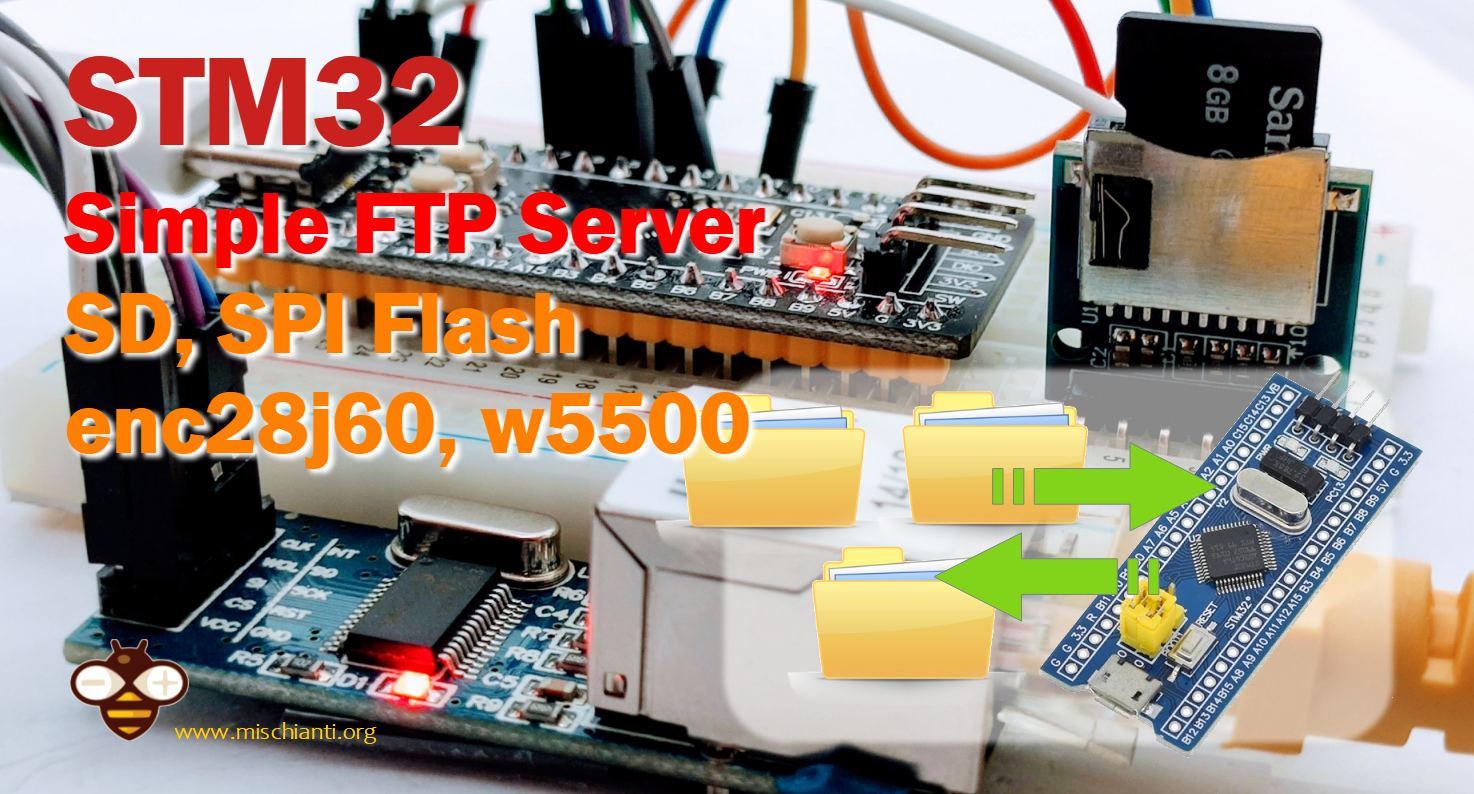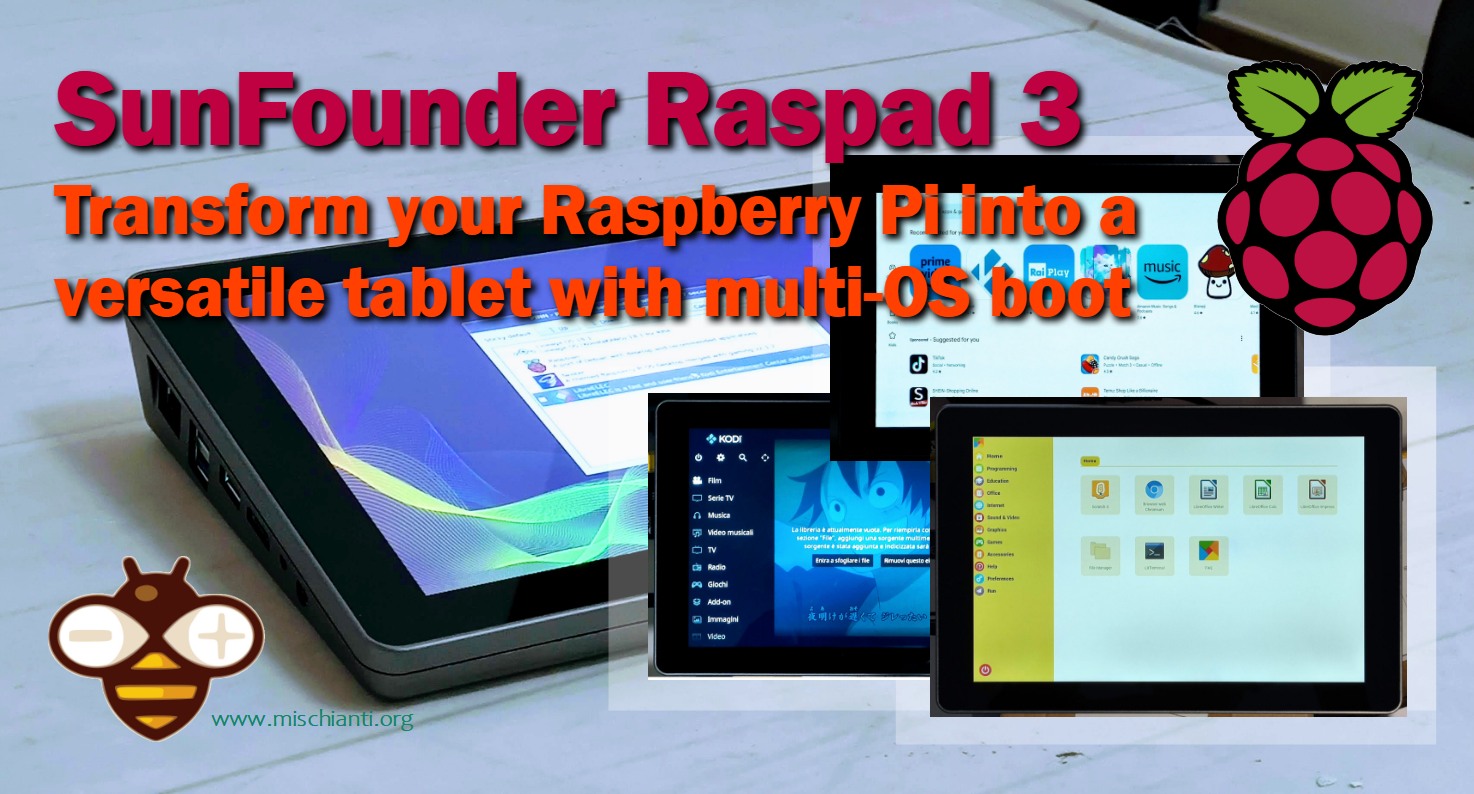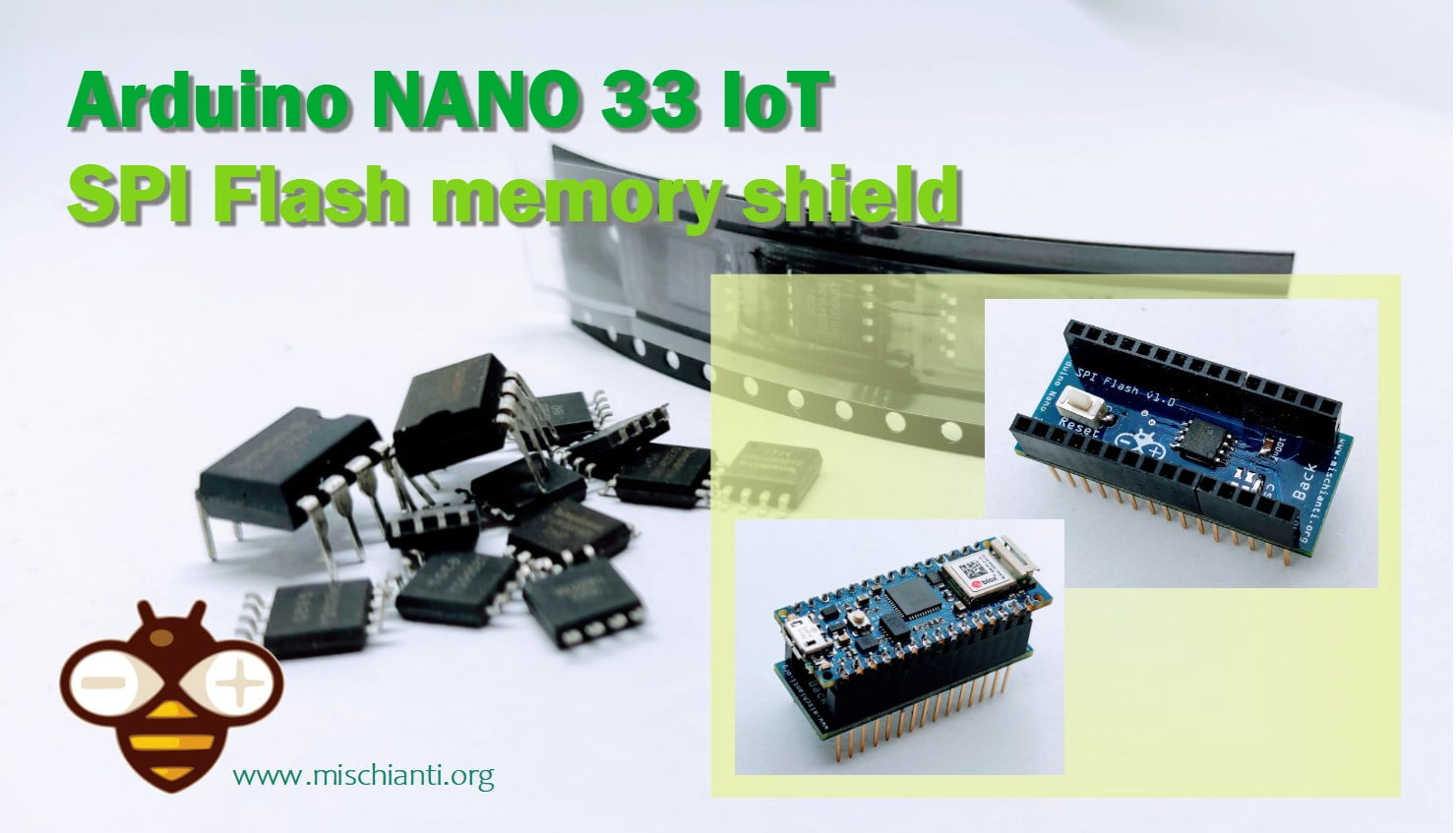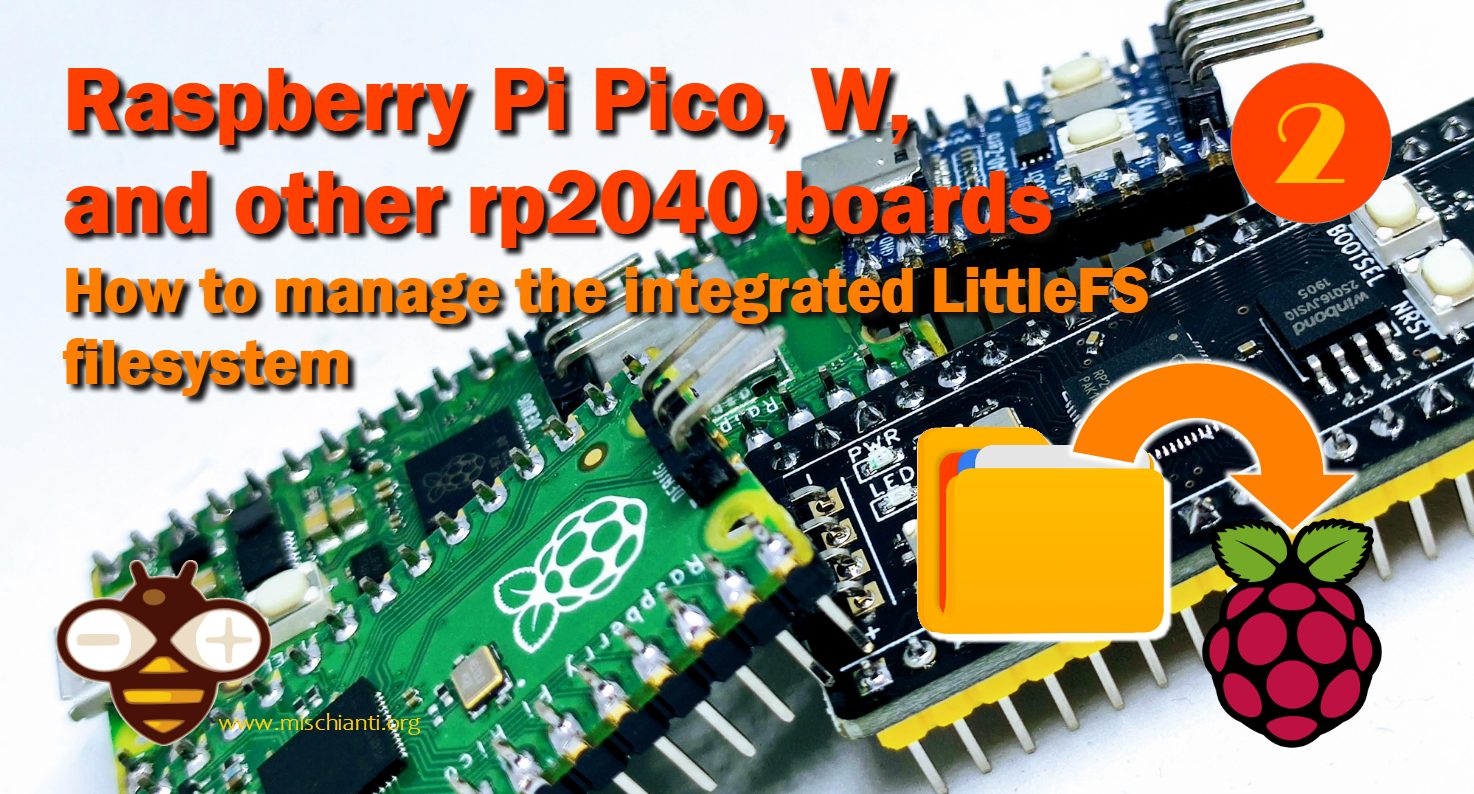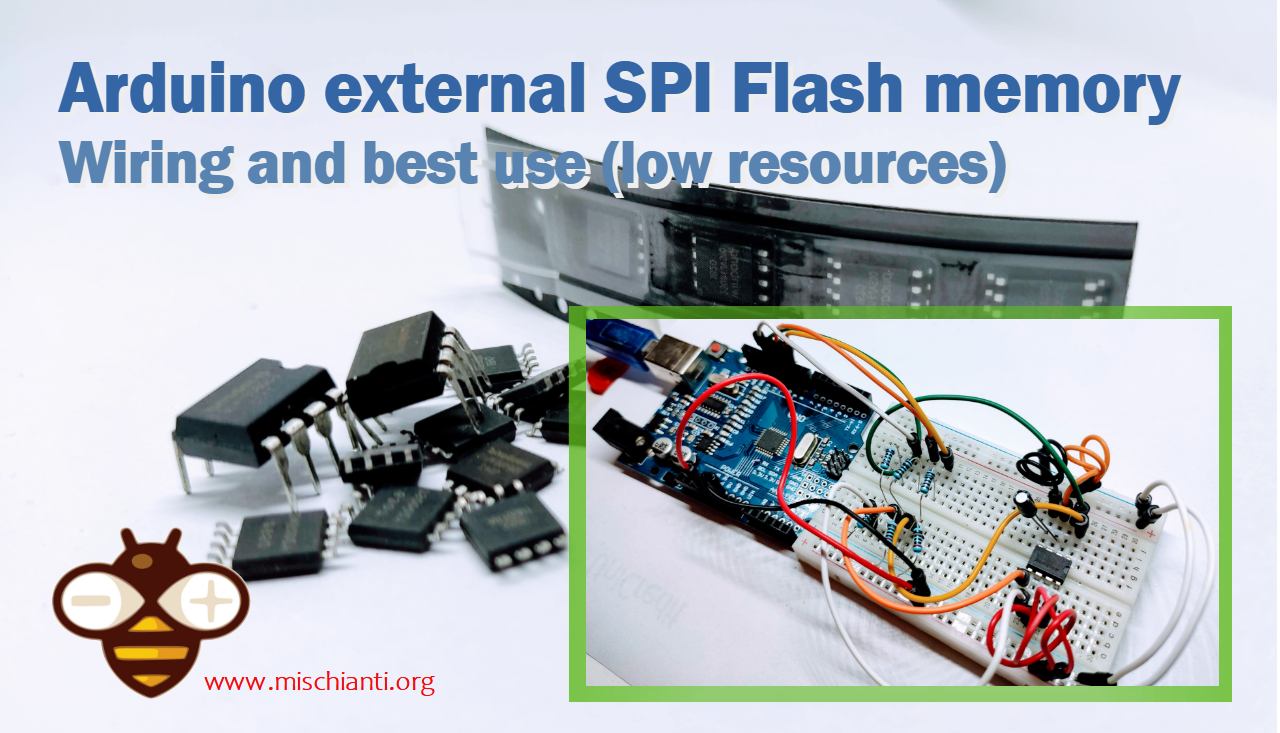FTP server on STM32 with w5500, enc28j60, SD Card, and SPI Flash
Implementing an FTP server on an STM32 involves integrating the W5500 Ethernet module, ENC28J60 Ethernet controller, SD Card, and SPI Flash. This setup enables efficient network communication and storage, allowing the STM32 to handle file transfers and manage data effectively in embedded systems.

